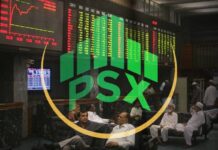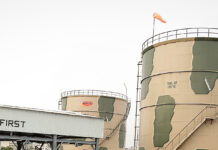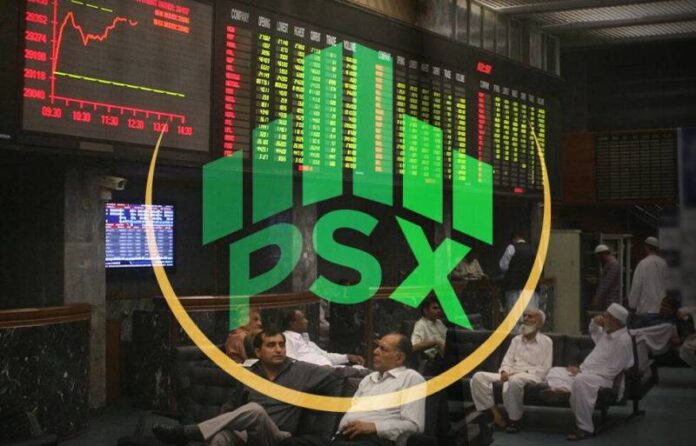The Pakistan Stock Exchange (PSX) witnessed a brutal sell-off on Monday, as escalating geopolitical tensions triggered by a US strike on Iran sparked panic across regional markets, pushing the benchmark KSE-100 Index down by nearly 3,900 points.
At the close of trade, the KSE-100 Index had dropped by 3,855.77 points, or 3.21%, to settle at 116,167.47, its lowest closing since May 9, 2025. The index touched an intra-day low of 115,887.49 as bearish sentiment swept the bourse.
Brokerage house Arif Habib Limited (AHL) noted in a post-session commentary that the market had seen its sharpest one-day fall in weeks, with widespread selling across key index constituents and investor flight to safety amid fears of further escalation in the Middle East.
“PSX experienced a subdued trading session, in line with the cautious mood seen across global markets,” said Topline Securities, adding that heightened uncertainty and risk aversion were dominant factors.
The fallout of the intensifying Iran-Israel conflict, now inflamed by a direct US military intervention, has raised concerns over regional supply chains, oil markets, and foreign investor outflows. This nervousness translated into broad-based panic selling, according to analysts.
Among the worst-hit were index-heavy stocks including OGDC, PPL, POL, MARI, HUBCO, PSO, and ENGRO, collectively dragging the index down by over 1,050 points, Topline Securities reported. Shares in the banking, energy, automobile, and industrial sectors were also deep in the red.
Last week had already shown signs of market unease. The KSE-100 Index lost 2,120 points on a weekly basis, closing at 120,023.23 on Friday — a 1.7% decline from the previous week’s 122,143.57.
The PSX had recently rallied to record highs on the back of fiscal consolidation hopes and IMF engagement, but analysts warn that global uncertainty could override domestic fundamentals in the short term. With investors already wary over budget implementation risks and external account fragility, the US-Iran escalation has amplified volatility.
Commodity markets, particularly oil, have also reacted sharply to the conflict, raising further concerns for Pakistan’s import bill and inflation outlook. The Pakistan rupee, already under pressure, may also face renewed volatility if oil prices continue to rise.
Market watchers say any further downside will depend on the evolution of the conflict and whether global diplomatic efforts can contain hostilities. Until then, the local bourse is expected to remain vulnerable to external shocks and risk-off sentiment.
The dollar edged up 0.3% on the Japanese yen to 146.48 yen, while the euro dipped 0.3% to $1.1481. The dollar index firmed 0.17% to 99.078. There was also no sign of a rush to the traditional safety of Treasuries, with 10-year yields rising 2 basis points to 4.397%.
Analysts at JPMorgan, however, cautioned that past episodes of regime change in the region typically resulted in oil prices spiking by as much as 76% and averaging a 30% rise over time.
Key will be accessed through the Strait of Hormuz, which is only about 33 km (21 miles) wide at its narrowest point and sees around a quarter of global oil trade and 20% of liquefied natural gas supplies.
Oil prices jumped to their highest since January as the United States’ weekend move to join Israel in attacking Iran’s nuclear facilities stoked supply worries. Brent crude futures was up $1.92 or 2.49% at $78.93 a barrel as of 0117 GMT. U.S. West Texas Intermediate crude advanced $1.89 or 2.56% to $75.73.
Both contracts jumped by more than 3% earlier in the session to $81.40 and $78.40, respectively, touching five-month highs before giving up some gains.
Iran is OPEC’s third-largest crude producer.
Market participants expect further price gains amid mounting fears that an Iranian retaliation may include a closure of the Strait of Hormuz, through which roughly a fifth of global crude supply flows.
























